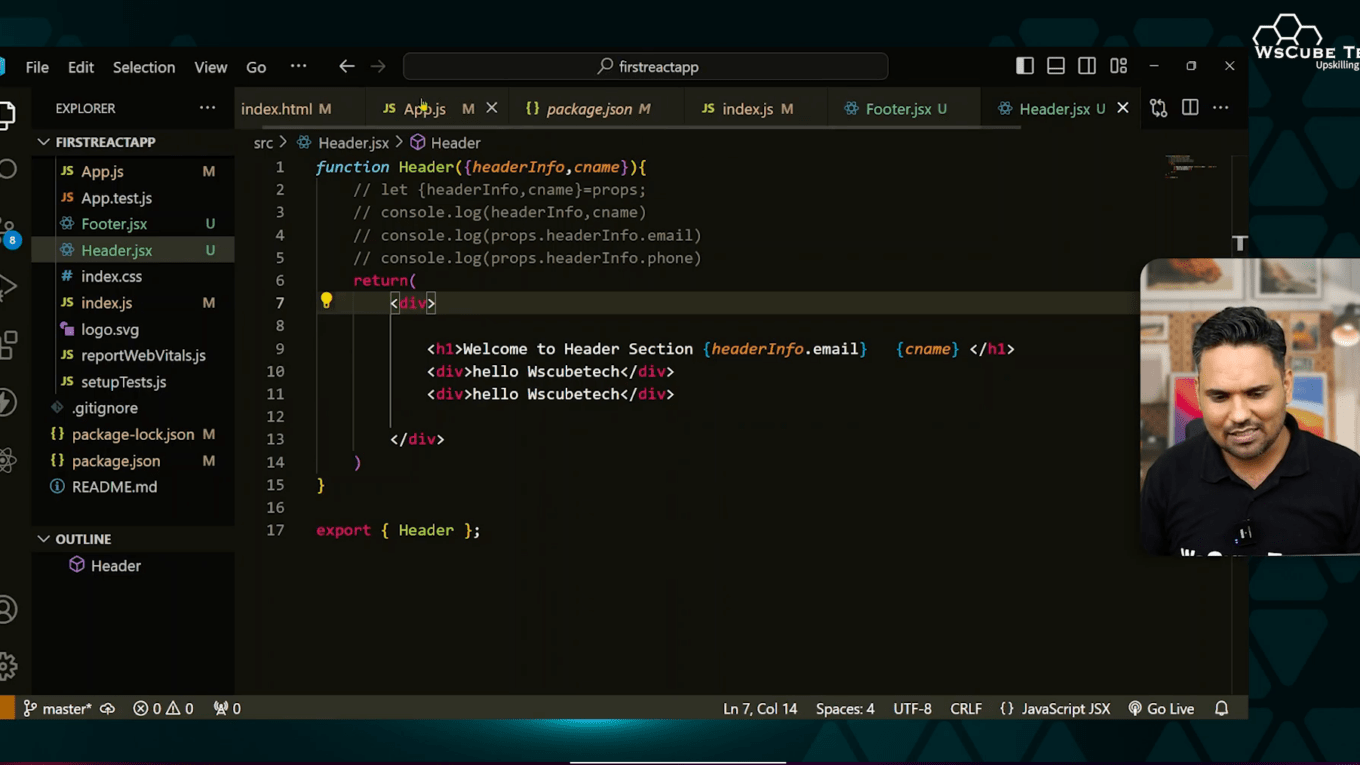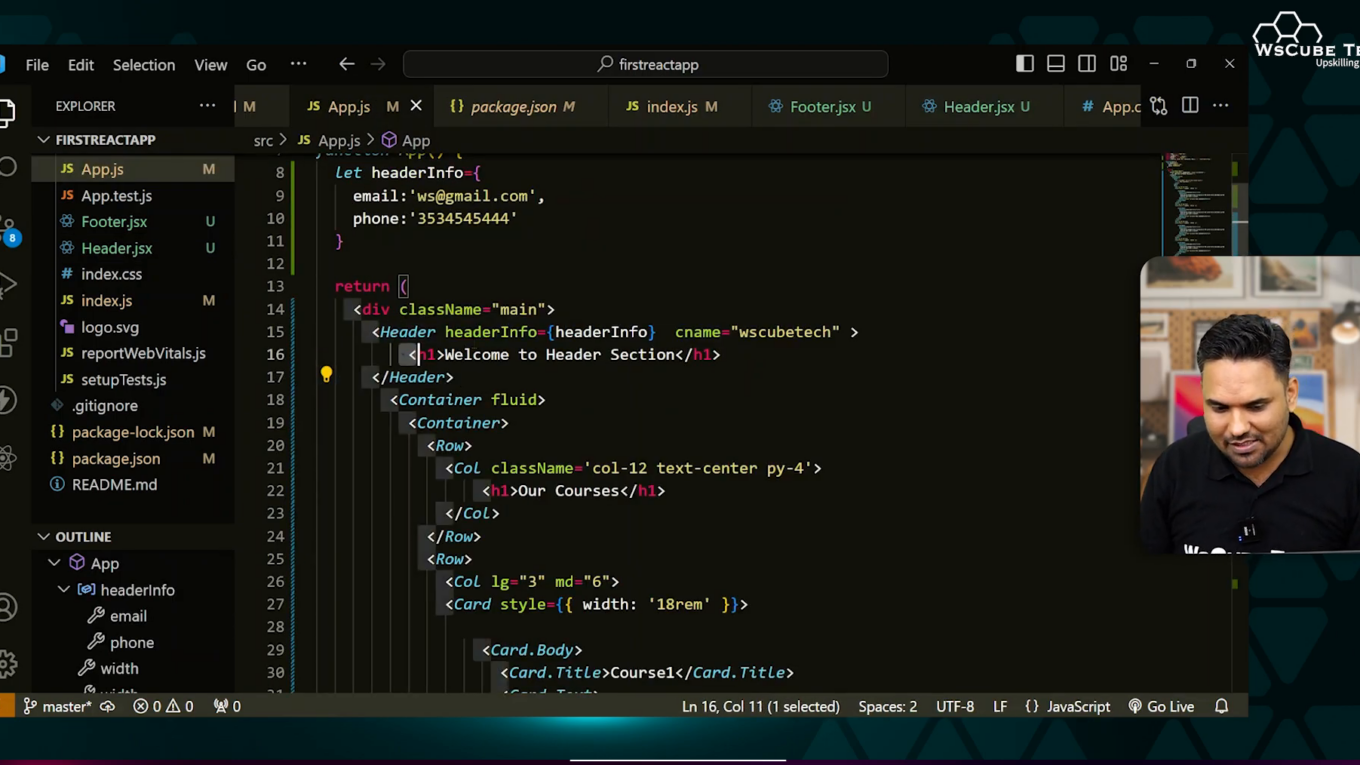Understanding and Using Children Prop in React JS 🌟
When developing web applications in React JS, concepts such as props become very essential for transfer and passage of data from parent to child components. Among these props, the “children” prop is of special importance since it permits developers to pass elements straight into a component without passing them as props. This post aims to discuss the concept of children props, their working and advantages in React applications.
What are Children Prop? 🤔
The children prop is a unique type of prop in React, which is known as a parent-child structure, where children can be passed in as elements or components to the container or parent component. Different from normal props which require naming and passing around, children props do not need to be named or passed because they are already within the parent component. This means that they are very comfortable in use especially when it comes to composition of components.
For example if you have a header component you might want to include its nest directly in the header component further cleaning it up. So, let’s drive into the deeper aspects of the children props.

How Do Children Prop Work? 🔍
Children props work by making sure that any content that is put in between the opening and closing tags of a component will be accessible as a ‘children’ prop. That content can be text, HTML elements or other React components.
Here’s a simple example:
const Header = (props) => {
return <header>{props.children}</header>;
};
In this example, whatever is placed between the `
Benefits of Using Children Props 🎉
When it comes to involving children props in the development process, there are quite a number of benefits that are worth considering:
- Reusable Components: Since children props are used for passing content, the components created with them can be reused in the application.
- Cleaner Code: There is no need to pass different contents using different predefined props, rather put the contents directly inside the component, which makes the code even neater.
- Flexibility: Children props are an added advantage as they give an even wider scope on the arrangements and composition of the components, hence better UI designing.
Practical Example of Children Props 🛠️
Let’s take a hypothetical scenario where we build a header component containing a title and other content. This is how you could do it:
const App = () => {
return (
<Header>
<h1>Welcome to My Website</h1>
<p>This is a subtitle</p>
</Header>
);
};
In this example, both the `
` and `
` elements are passed as children to the `Header` component, which can then render them appropriately.

How to Access Children Props 📚
It is quite simple to fetch the children props. Within your component, you will find props.children. This is how you can go about it:
const Header = (props) => {
return <header>{props.children}</header>;
};
Employing this method, you’ll be able to include any content within the component tags. This flexibility is great for allowing for creativity in designs and layouts without being limited to predefined props.

Handling Multiple Children Prop 👨💻
This makes it possible for you to also pass more than one child to one component. You can manage this through React.Children which is a utility that has methods to handle children.
const Header = (props) => {
return (
<header>
{React.Children.map(props.children, child => {
return <div>{child}</div>;
})}
</header>
);
};
This example demonstrates how to iterate over multiple children and wrap each in a `
`, allowing for more complex layouts.
Common Use Cases for Children Prop 🔄
The benefits of using children props stand out in the following cases, especially those regarding;
- Layout Components: Constructing layout components like frameworks or boxes that can accommodate any kind of information.
- UI Libraries: Building elements of the UI structures that are cross-functional and include various types of content.
- Conditional Rendering: Directly oriented rendering of the content, based on children being present or not, requiring limited effort in rendering the content.

Best Practices When Using Children Prop 🏆
To ensure pleasant experiences for children props users, these parents props best practices should be observed:
- Focus on, Components: Though using children props, make sure each of your components is written for a single purpose only, children props inclusive.
- Usage Memo: Record the way children props are aimed to be used in components for other developers’ needs.
- Enforce Props: Making use of PropTypes is a nice practice that should be used in defining the structure of the children.
Conclusion 🎊
Tomorrow, we will see children’s props as one of the ideal features of React that enables effective interaction between components. They encourage better coding practices, increase the level of code reuse and make it possible to render more complex contents. If you are able to understand and utilize children props in the right way, then you will be able to build even more complex and maintainable react applications.
To get the most out of children props, practice regularly until you master it without hesitation. Until next time, happy coding!
